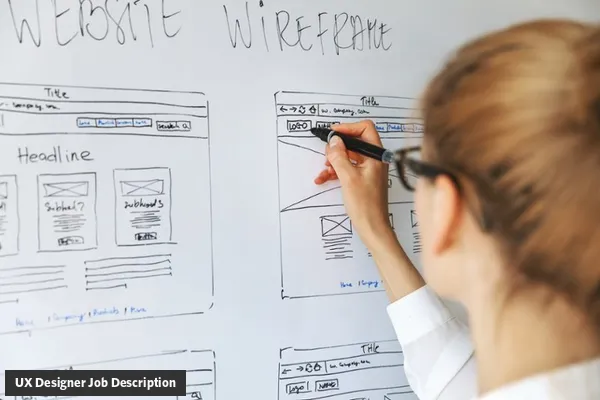UX Designer Job Description Template
Use this UX Designer job description template to advertise the open roles for free using Longlist.io. You can use this template as a starting point, modify the requirements according the needs of your organization or the client you are hiring for.

Job Brief
We are looking for a UX Designer to design software and platforms that meet people’s needs. You will combine interfaces and workflows to enhance user experience.
In this role, you should be an analytical and creative designer who is able to grasp user needs and solve problems. A strong portfolio of successful UX and other technical projects is essential.
Ultimately, you will make our product more user-friendly and intuitive to attract and retain customers.
Responsibilities
- Understand product specifications and user psychology
- Conduct concept and usability testing and gather feedback
- Create personas through user research and data
- Define the right interaction model and evaluate its success
- Develop wireframes and prototypes around customer needs
- Find creative ways to solve UX problems (e.g. usability, findability)
- Work with UI designers to implement attractive designs
- Communicate design ideas and prototypes to developers
- Keep abreast of competitor products and industry trends
Requirements
- Proven experience as a UX Designer, UI Designer or similar role
- Strong portfolio of design projects
- Background in project management and research
- Familiarity with interaction design and information architecture
- Proficient in design software (e.g. UXPin, Balsamiq)
- Knowledge of HTML/CSS; JavaScript is a plus
- Problem-solving aptitude
- Analytical mind with a business acumen
- Excellent communication skills
- BSc in Design, Computer Science, Engineering or a related field
What does UX Designer do?
A UX (User Experience) designer is responsible for designing and improving the overall experience that users have when interacting with a product, such as a website or mobile application. On a day-to-day basis, a UX designer typically engages in the following activities:
-
User research: Conducting user research to understand the needs, preferences, and pain points of the target users. This may involve interviews, surveys, usability tests, and analyzing user data.
-
Wireframing and prototyping: Creating low-fidelity wireframes or interactive prototypes to visualize the structure, layout, and flow of the product. These prototypes serve as a basis for discussion and iteration.
-
Interaction design: Defining how users interact with the product by designing intuitive and user-friendly interfaces. This includes creating interactive elements, defining user flows, and ensuring consistency across the product.
-
Information architecture: Organizing and structuring information in a way that is easy to navigate and understand. This involves creating hierarchical structures, labeling systems, and categorizing content.
-
Collaboration and communication: Collaborating with cross-functional teams, such as developers and product managers, to ensure alignment and consistency in the design process. Effective communication through design documentation, presentations, and usability testing reports is also crucial.
-
Usability testing: Conducting usability tests to evaluate the effectiveness of the design and identify areas for improvement. This involves observing users while they interact with the product and collecting feedback.
-
Iteration and improvement: Analyzing feedback and data collected throughout the design process to refine and iterate on the product. Making necessary adjustments based on user feedback and business goals.
-
Keeping up with industry standards: Staying updated with current design trends, best practices, and emerging technologies to ensure that designs are innovative and aligned with industry standards.
-
Continuous learning: Engaging in self-learning and professional growth by attending conferences, workshops, and reading resources to enhance skills and knowledge in UX design.
It's important to note that the specific tasks and responsibilities may vary depending on the company, project, and team structure.
